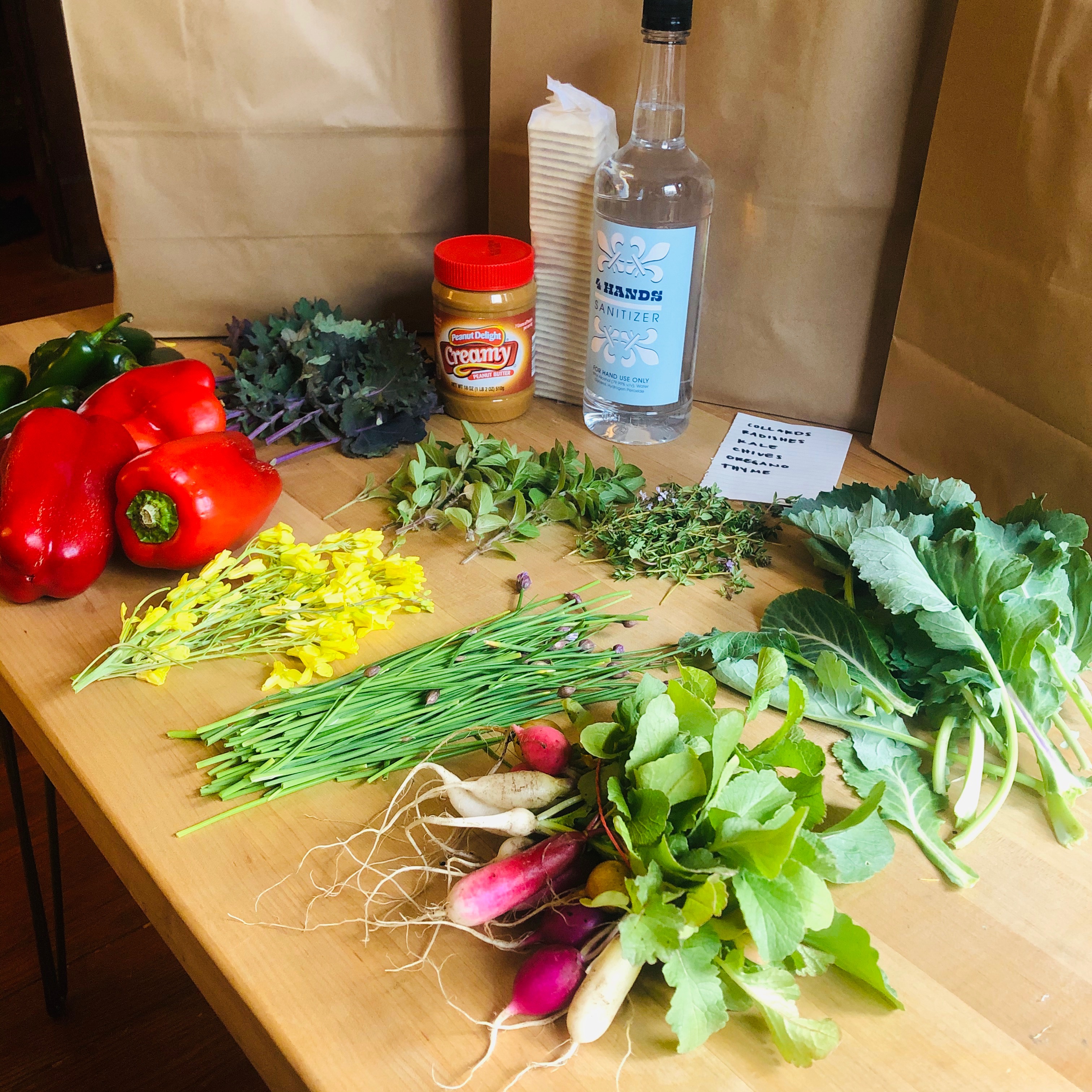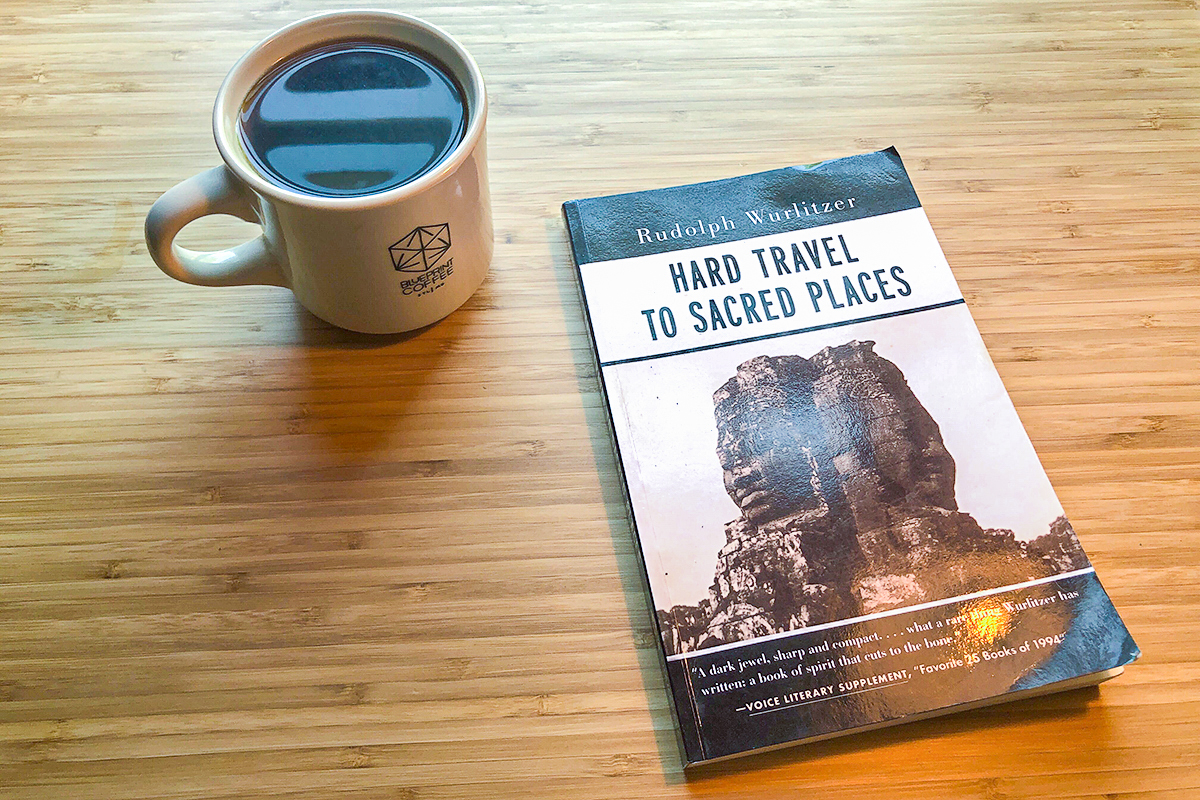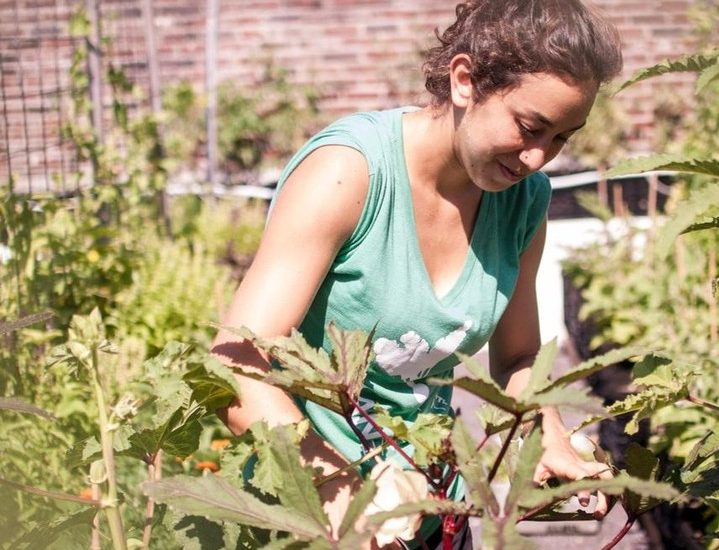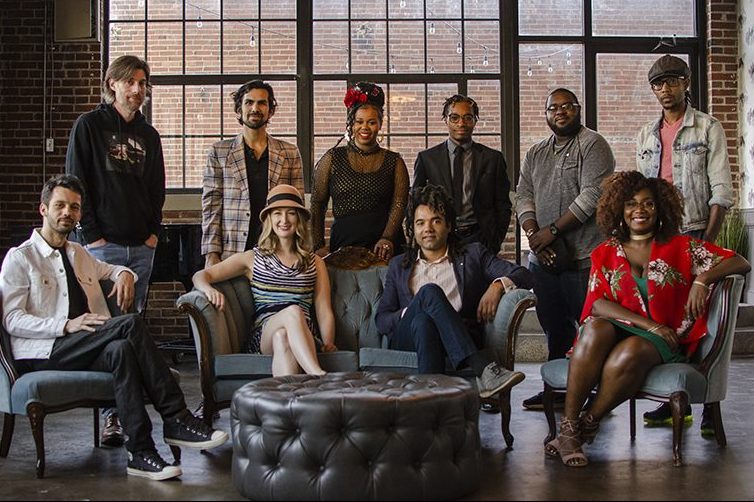The new class of Music Artists in Residence build on St. Louis’ musical heritage
By Jeannette Cooperman
“To keep creating,” Miles Davis once said, “you have to be about change.” The legendary jazz musician would likely approve, then, of the sophomore class of the Kranzberg Arts Foundation’s Music Artists-in-Residence program. Over the course of 18 months, the residency provides these 10 St. Louis musicians with essential resources, including performance opportunities, access to recording sessions, rehearsal space, marketing support, and industry connections. Besides catching these musicians at local music venues, such as The Dark Room, you’ll be able to hear them on a compilation album slated for release next year. With their impressive chops, these energetic jazz musicians are building on a rich musical legacy.

Scooter Brown, Jr.
A resident of East St. Louis, Brown grew up hearing the music of Miles Davis and Russell Gunn, and he’s learned from the likes of Wynton Marsalis and Terrence Blanchard. Today, you might recognize him as the alto sax player in local party band Dirty Muggs. Or perhaps you know him as the program director for Jazz St. Louis’ Jazz Academy. Then there’s his creative collective, Ingenuity, which recently released his debut album, Growth. “We’re what I like to call ‘life music,’” he says. “I love adding my own twist to make the audience feel better when they leave.”

Brianna “Be.Be” Brown
The soulful singer is studying jazz vocal performance at Webster University, though her lessons began at an early age, with singing and piano lessons. At Central Visual and Performing Arts High School, she added acting to her resume. Brown has traditionally performed R&B, though she’s recently broadened her repertoire, incorporating more jazz. Her band, Be.Be and the NeoSouls, also performs a fusion of the two genres. She appreciates the latitude that the Kranzberg Arts Foundation grants in encouraging her to blend musical influences: “They really focus on me and my music.”

Janet Evra
A native of Gloucester, England, Evra recently moved to St. Louis, where she’s quickly made a name for her unique mix of Latin jazz, samba, and bossa nova. Last year, she released her debut album, Ask Her to Dance, and she regularly performs at The Dark Room and Evangeline’s, as well as The Sheldon, the Old Rock House, and the National Blues Museum. Now, as one of the music artists in residence, she’s looking forward to even more performances. “Kranzberg does so much for the arts and music,” she says.

Mark Harris II
Harris’ musical style is hard to pin down, as evidenced by his single “Goin’ Up” from his new CD, Interstellar. The keyboardist describes his music as “a whole bunch of elements”—jazz-infused with pop and R&B. His inspirations include the likes of Swiss harpist Andreas Vollenweider and contemporary jazz/R&B/funk musician Brian Culbertson. He’s a solo artist, but he performs with a range of bands on occasion. After recently graduating from Lincoln University with a degree in Sacred Music, Harris is “looking forward to connecting with different artists in the area and learning more about the inside of the music business.”

Kaleb Kirby
The St. Louis native and graduate of Berklee College of Music puts his own spin on jazz, which he explains is a “derivative of hip-hop and pop.” Besides performing with the Kaleb Kirby Quintet (including Adam Maness, Teddy Brookins, Kendrick Smith, and Kwanae Johnson), he DJs and works at Jazz St. Louis. “I write every card on sheet music, and it’s all original,” he says.

Brady Lewis
Though just 25 years old, the trumpeter’s played for more than a decade, performing in jazz combos while attending high school in East St. Louis and college at Northern Illinois University. Today, he fronts the BLStet, often performing at The Dark Room. He’s excited to embrace other experiences through the residency. “I want to take advantage of every opportunity possible,” he says.

Ryan Marquez
Art has long consumed Marquez’s life, from choir to dance to piano to visual arts and painting. “I have been on this hustle my whole life,” he says. “Music picked me. I didn’t pick music.” He describes his music as “routes of soul, hip-hop, funk, pop, and areas reflective of my inspirations—for example, Stevie Wonder and Ray Charles.” A master of the Key bass, Marquez performs with two bands, pop/soul/funk group Fresh Heir and jazz/funk group The People’s Key. The Kansas City native graduated from Webster University and decided to stick around because he “loved the city so much and got really connected with the community,” he says. “I am excited to have the ability to showcase my original ideas and to collaborate with other artists in the community.”

Katarra Parson
Music runs in the family for Parson, whose family is full of musicians and artists. She traces back the launch of her career to an evening in 2015 when she performed at open mic collective Lyrical Therapy. “That’s where it all began,” she says, adding that she then “kept getting gigs and more shows.” A vocalist, pianist, and production composer, Parson is looking forward to embracing the opportunities that the residency affords: “Now, with this program, I get to show more of St. Louis my talents.”

Andrew Stephen
The owner of Eightfold Studios, Stephen not only has recorded a wide range of musical styles—hip-hop, R&B, EDM, rock, jazz—but is himself a versatile producer, pianist, and composer. He studied jazz piano at Webster University and spent a term at Austria’s Vienna Conservatory with acclaimed pianist Danny Grissett. Today, he fronts nu-jazz hop quartet Texturz and recently created an innovative album series, Sample Kulture, rolling out smooth tracks that draw from an array of genres.

Ben Wheeler
Following in the footsteps of his father and brother, who played upright bass, Wheeler studied jazz bass at Webster University, where he now teaches jazz and music history. In the late ’90s, he played in the swing cover band Swing Cat Swing, and he’s performed with such St. Louis jazz legends as Dave Stone and the late Willie Akins. These days, he performs with Dave Venn, Tango Underground, and the LustreLights, though he’s looking to branch out as a bandleader and composer with his new project Solid Ghost.




















